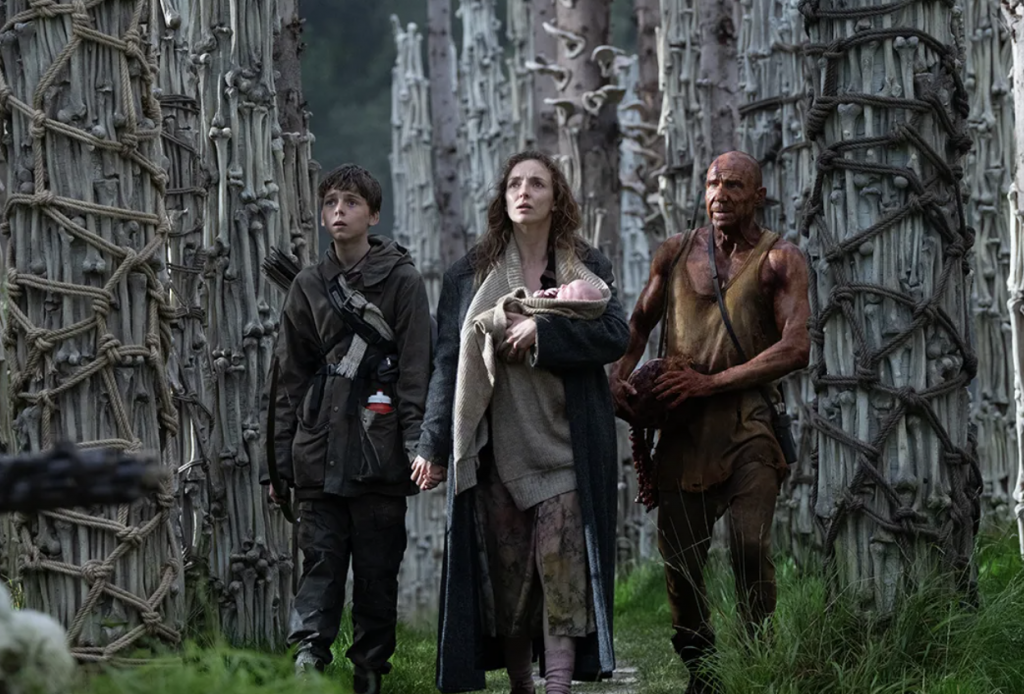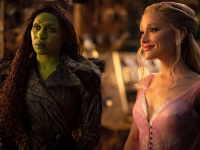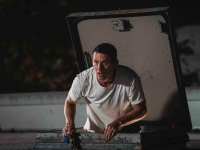 Danny Boyle and Alex Garland return to the monster they first unleashed on the public in 2002, which cemented them in the annuls of British Horror history.
Danny Boyle and Alex Garland return to the monster they first unleashed on the public in 2002, which cemented them in the annuls of British Horror history.
28 Days Later was so important to Zombie films, in fact you could argue that there are two eras in zombie film history; pre and post 28 Days Later, as aggressive and fast moving zombies became the norm across all films, TV shows and other media, marking a seismic shift akin to George Romero’s original Night of the Living Dead.
In 28 Years Later we switch from the vast and desolate cityscapes of an abandoned London to the lush expansive landscapes of the Scottish Highlands. As the original was filmed on a prosumer Canon XL1DV camera , a popular and accessible camera at the time, the tradition is continued with filming being done here almost entirely on iPhone 15s. The reason behind Boyle’s choice here is that these are the formats that the events would be captured on. It adds glorious elements of brutal gritty realism and enables some fantastic close ups and angles that would not be possible with a traditional professional camera set up. Action is caught on a primitive bullet time setup which could be dubbed “arrow time”, a raw style created using an array of iPhones that lacks the polished finish seen on The Matrix where the technique was pioneered. What the filmmakers have achieved here is testament to their technical skill as well as the ability of the tools.
The central theme of 28 Years Later is the human condition; the perseverance of hope and resilience of the spirit. Unlike most zombie films, which lean into humanity’s dark side, 28 Years Later offers a hopeful, socially conscious perspective, a welcome shift that brings depth back to the genre.
The story follows Spike (Alfie Williams), a boy who has grown up in a self-sufficient isolated and xenophobic community that’s accessible only via lower tide. As he ventures out into the world his coming-of-age journey contrasts strikingly between the vulnerability of youth and the terrifying aggressors. Williams excels in this role, and he’s supported by world class performances from the entire cast but in particular Spike’s dysfunctional parents Isla and Jamie (Jody Comer and Aaron Taylor Johnson), the lonesome outsider Dr Kelson (Ralph Fiennes) and fresh army recruit Eric (Edvin Ryding) bring authenticity to the film’s complex relationships.
This is complimented by a thorough screenplay that through their interactions, highlights the challenging relationships between the characters. There’s some clever pastiches on Shakespearean themes, particularly Hamlet, that elevate the narrative. Garland has rightfully earnt his place next to Boyle’s above the title on the posters.
The zombies have evolved too as we’re shown evidence of a societal hierarchy and perhaps even a culture forming amongst the flesh eaters. The make up and prosthetics are entirely convincing and it’s just as terrifying to see the virus ravaged zombies charging or crawling towards you as it was in the original.
The sound design and musical score are works of art that match the screen action perfectly. We’re immersed in nature with the Dolby Atmos soundtrack that will have you wiping away invisible insects in front of your face, placed in the middle of the landscapes and weather, and feeling a sense of panic build with something as simple as a continuous spattering of water. The original score is provided courtesy of Young Fathers who compliment the atmosphere and emotion of every scene. As with the very best scores and sound designs, most of the time you hardly notice it’s there but somehow you find yourself on the edge of your seat, both physically and emotionally.
While there’s plenty of flesh eating gore to satisfy your appetite it’s the intense drama and masterful film making that make 28 Years Later a haunting and thought provoking experience.
Author: Dan, Kingston Store







